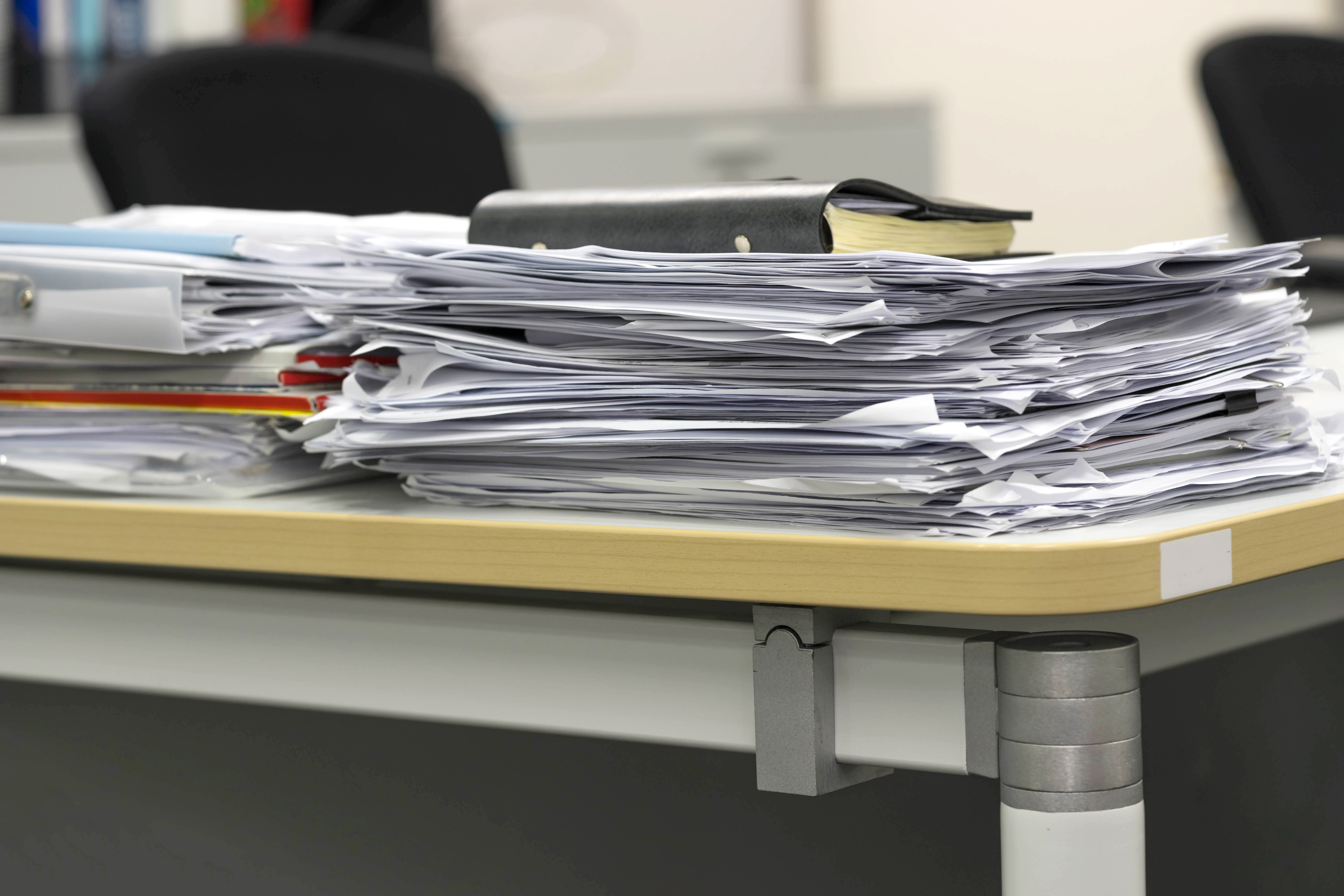7 Steps to Simplify Customs Paperwork Preparation

Embarking on the journey of international shipping involves navigating through the intricate maze of customs paperwork. Whether you are a seasoned importer, an exporter, or just dipping your toes into the global market, mastering the art of customs clearance is critical for a seamless transition of goods across borders. In this comprehensive guide, we will break down the customs process into 7 simple steps, ensuring you are equipped to handle the paperwork with ease and precision.
Understanding the Basics of Customs Clearance

Before diving into the paperwork, it's essential to grasp the fundamentals of customs clearance:
- What is Customs Clearance? - Customs clearance is the process of getting approval for goods by customs authorities when these goods are moving through international borders.
- Why is it Important? - Customs clearance ensures that goods are properly declared, duties are paid, and that regulations regarding import/export are adhered to, preventing delays, fines, or confiscation of goods.
- Key Documents:
- Commercial Invoice
- Packing List
- Bill of Lading or Air Waybill
- Certificate of Origin
Step 1: Identify the Requirements

Each country has its own set of rules and regulations:
- Check HS Codes - Use the Harmonized System (HS) codes to determine the duty rates and any required import restrictions.
- Trade Agreements - Be aware of any trade agreements between your country and the destination country which can affect tariffs.
- Regulations - Know the local customs laws, including prohibited or restricted items, and any necessary certifications.
🔍 Note: Always consult the latest customs regulations on the country's official customs website or through their embassy.
Step 2: Gather Your Documentation

Your documentation must be accurate and complete:
- Commercial Invoice - Include a detailed description of the goods, their value, and the terms of trade (like Incoterms).
- Packing List - Detail what's inside each package, its weight, and dimensions.
- Bill of Lading or Air Waybill - Acts as a contract between the shipper and the carrier.
- Certificate of Origin - Proves where the goods were produced, which might affect duty rates.
- Other Potential Documents - Insurance, health or safety certifications, import or export licenses, etc.
Step 3: Value Your Goods Correctly

Customs valuation can be complex:
- Transaction Value Method - Usually based on the price actually paid or payable for the goods, but adjustments can be made.
- Other Valuation Methods - If the transaction value can't be used, consider the identical or similar goods value, deductive value, computed value, or fall-back method.
🧾 Note: Incorrect valuation can lead to fines or even seizure of goods by customs authorities.
Step 4: Apply For Necessary Permits and Licenses

Some goods might require special permits:
- Import/Export Licenses - Certain items might need specific licenses for clearance.
- Product Certifications - Certifications might be required, particularly for health or safety regulations.
Step 5: Prepare For Customs Brokerage

Engaging a customs broker can simplify the process:
- Broker Selection - Choose a broker with expertise in both your industry and the countries involved in the shipment.
- Broker Authorization - Provide your broker with a power of attorney to act on your behalf.
- Submission - Your broker will handle the submission of documents to customs and handle communication with customs officials.
| Broker Services | Benefits |
|---|---|
| Document Preparation | Reduces errors in paperwork |
| Customs Classification | Helps classify goods correctly for duty assessment |
| Duty and Tax Payment | Ensures correct calculation and timely payment |

Step 6: Submit and Track Your Paperwork

After submitting your documents:
- Tracking - Use tools or communicate with your broker to keep track of your goods' status.
- Electronic Systems - Many countries now use electronic systems for customs declarations, making this process smoother.
🚪 Note: Delays in customs can occur, so keep a margin of time in your logistics planning.
Step 7: Manage Duties and Taxes

Ensure all fiscal obligations are met:
- Duties - Pay the customs duty before the release of goods, based on the country's customs valuation rules.
- Taxes - VAT, GST, or other taxes might need to be paid post-clearance.
- Bonded Warehouses - If duties are high, consider using bonded warehouses for temporary storage without paying duties immediately.
💸 Note: Certain items might be eligible for duty-free exemptions under various trade agreements or tax classifications.
In summary, mastering the art of customs paperwork preparation is essential for any business involved in international trade. By understanding the customs process, preparing accurate documentation, correctly valuing your goods, obtaining necessary permits, engaging a customs broker, effectively submitting and tracking your paperwork, and managing duties and taxes, you'll streamline your operations and avoid common pitfalls. Keep your business on track with these 7 steps, and your shipments will move smoothly through customs, opening up new opportunities in the global marketplace.
What is the role of a customs broker?

+
A customs broker acts as an intermediary between the importer, exporter, and the customs authorities, handling documentation, duty calculations, and ensuring compliance with customs regulations.
How long does customs clearance usually take?

+
The duration varies depending on several factors, including the type of goods, the country, and the accuracy of documentation. It can range from a few hours to several days or even weeks.
Can I clear customs myself?

+
Yes, you can, but without the expertise and knowledge of a customs broker, the process might be complex, leading to potential delays or mistakes that can incur fines or penalties.



